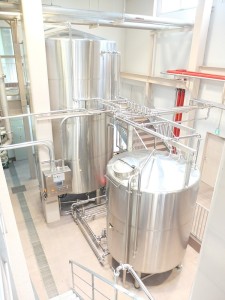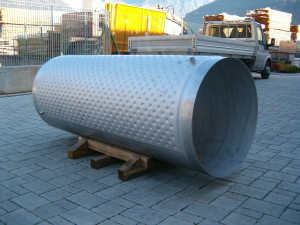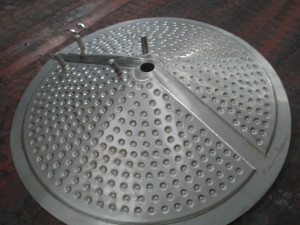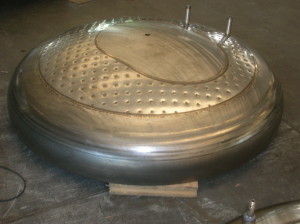In production processes, which are industrial or food of any kind, often have the material stored in tanks , which must be kept at a controlled temperature.
This need arises for different reasons , some of which can be simply :
- conservation
- preparation for use
- preparation for subsequent processing
- change of state (fermentation , maturation )
- storage tanks
To maintain a constant temperature , using thermostatic control units or thermoregulation , with service fluids of different types depending on the temperature levels to be maintained .
Herein do not intend to analyze the equipment performing the temperature control , but one of the various ways that are put into practice to achieve this result .
In fact, on average, you can use two systems :
thermoregulate directly the internal fluid to the reservoir , by sliding in a heat exchanger or in a temperature control unit
thermoregulate the temperature of a shirt or of a heat exchanger immersed in the tank.
The first system , very efficient, is not always feasible, both for the nature of the fluid , which for convenience , especially when there is located in front of large quantities of product , with physical characteristics , ” not just simple ” ( high viscosity .. . )
The second system , if one side pays a lower thermal efficiency , it is much easier to apply.
A usual solution is to create enough tanks with interspaces , where slide the hot or cold fluid , to obtain the required temperature . These cavities are usually made with half-pipe welded to the shell of the container , tank or building a double cladding .
Both solutions are rather expensive , which can be replaced by the realization of the body and at the bottom, with a series of heat exchangers TCOIL .
In the pictures below, you can easily understand what I mean:




